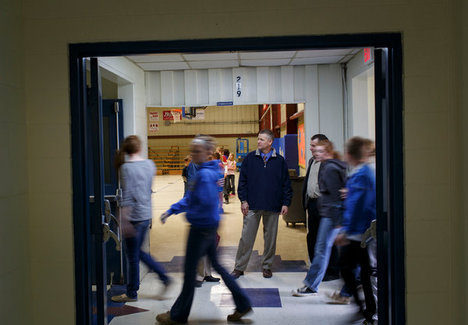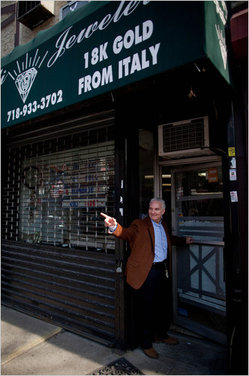(p. 20) State Representative Jack Harper, who introduced a bill allowing professors to carry guns, said an Arizona State University professor, whom he has refused to identify, first raised the issue with him. “When law-abiding, responsible adults are able to defend themselves, crime is deterred,” Mr. Harper said in a statement.
That is the philosophy in Arizona as a whole, where gun laws are among the least restrictive in the country. If law-abiding people can carry guns one step outside the campus to keep criminals at bay, supporters ask, why not allow them to enter a university with their firearms? That is already permitted in Utah, alone so far in allowing guns to be carried on all state campuses.
“I think that every person has the right to bear arms no matter what the circumstances,” said Ashlyn Lucero, a political science student at Arizona State University who has served in the Marine Corps, is the daughter of a sheriff and grew up hunting.
Ms. Lucero carries her Glock pistol whenever possible and would carry it on campus if she could. “If I’m going out to eat somewhere, I usually have a gun with me always,” she said. “It’s just one of those things that you never know what’s going to happen.”
Thor Mikesell, a senior majoring in music who grew up hunting, is also a backer of allowing guns on campus. “There’s no magic line, there’s no magic barrier that makes me more safe on the campus than it is when I’m being a real person in the real world outside of the school,” he said.
. . .
“This is not the 1890s’ O.K. Corral shoot ’em up, bang ’em up,” he said. “These are not vigilante kind of people. Their interest is their personal security and the security of their family.”
The State Senate president, Russell Pearce, who recently said he would not prevent senators from taking guns into the Senate chamber despite rules against it, is an advocate for loosening as many gun restrictions as possible.
. . .
“Guns save lives, and it’s a constitutional right of our citizens,” Mr. Pearce said of the guns-on-campus proposal. Speaking of the Tucson shooting, which took place at a shopping center and not on a university campus, Mr. Pearce, a former sheriff’s deputy, said, “If somebody had been there prepared to take action, they could have saved lives.”
For the full story, see:
MARC LACEY. “Lawmakers Debate Effect of Weapons on Campus.” The New York Times, First Section (Sun., February 27, 2011): 14 & 20.
(Note: ellipses added.)


